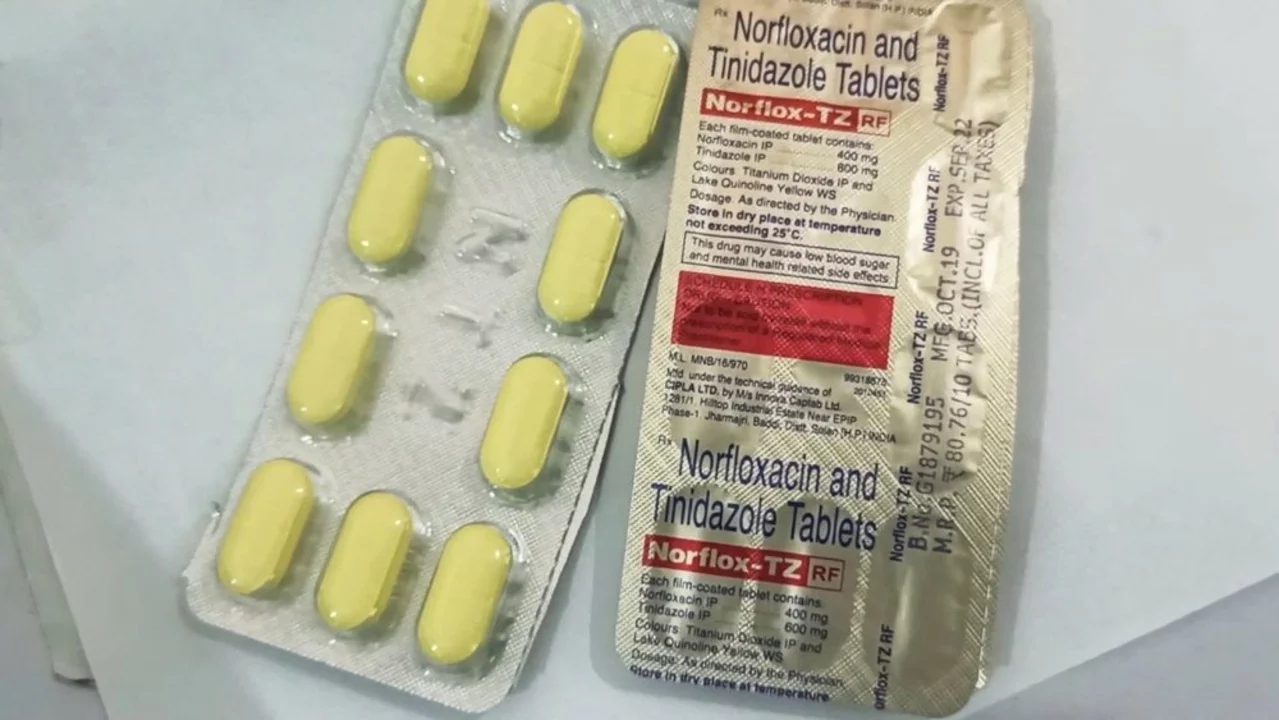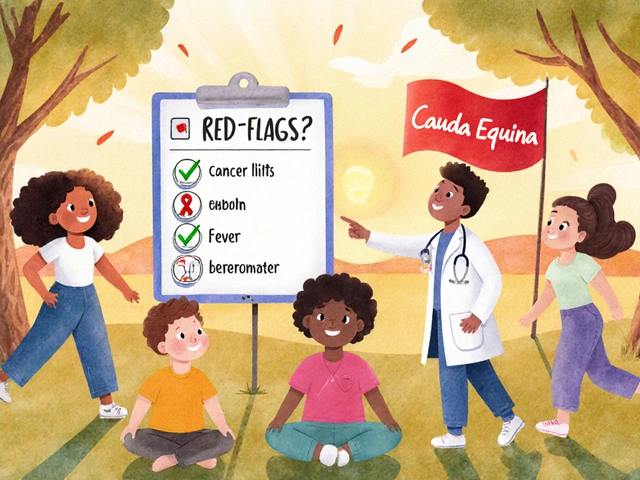Tinidazole: what it treats, how to take it, and safety tips
Want a clear, no-nonsense guide to tinidazole? This drug treats certain infections caused by parasites and anaerobic bacteria. People choose it for things like trichomoniasis, giardiasis, and some forms of bacterial vaginosis or amoebic infections. Below you’ll find real-world dosing examples, common side effects, and practical safety tips you can use or share with your doctor.
How tinidazole is commonly used
Tinidazole is an oral antibiotic-like medicine that kills protozoa and some anaerobic bacteria. Typical adult examples: a single 2 g dose is often used for trichomoniasis or giardiasis. For intestinal amoebiasis, doctors sometimes prescribe 2 g once daily for 2–3 days. Doses vary with the infection and patient factors, so follow the exact plan your clinician gives you.
Kids get lower doses based on weight. If you’re unsure about the right dose, don’t guess—call your provider or pharmacist.
Side effects, interactions, and smart precautions
Most people tolerate tinidazole fine. Expect side effects like nausea, metallic taste, headache, dizziness, or mild stomach upset. If you get numbness or tingling in hands or feet (peripheral neuropathy), tell your doctor—this can happen with longer or repeated courses.
Big safety note: avoid alcohol during treatment and for 72 hours after the last dose. Mixing alcohol with tinidazole can cause flushing, nausea, vomiting, and a fast heartbeat. Also check with your prescriber if you take warfarin or other blood thinners—tinidazole can increase bleeding risk by raising INR.
Don’t take tinidazole if you are pregnant without medical advice. If you might be pregnant or are breastfeeding, ask your doctor for safer choices. People with severe liver problems need dose adjustments or a different drug—mention liver disease on your medical history.
Allergic reactions are rare but possible. Stop and seek help if you get a rash, swelling, trouble breathing, or severe skin changes.
Practical tips: take tinidazole with food if it upsets your stomach. Finish the full course even if you feel better, unless your doctor tells you otherwise. If symptoms don’t improve within a few days of finishing treatment, follow up—resistance or another cause might be at play.
Thinking about buying tinidazole online? Use only reputable pharmacies that require a prescription. Avoid sites offering antibiotics without a prescription—quality, legality, and safety matter. When in doubt, compare the pharmacy’s contact info, pharmacist access, and verified reviews.
If you want related reads, our tag page lists patient-friendly articles about dosing, alternatives, and safe online buying tips. Use them to ask smarter questions at your next appointment.




